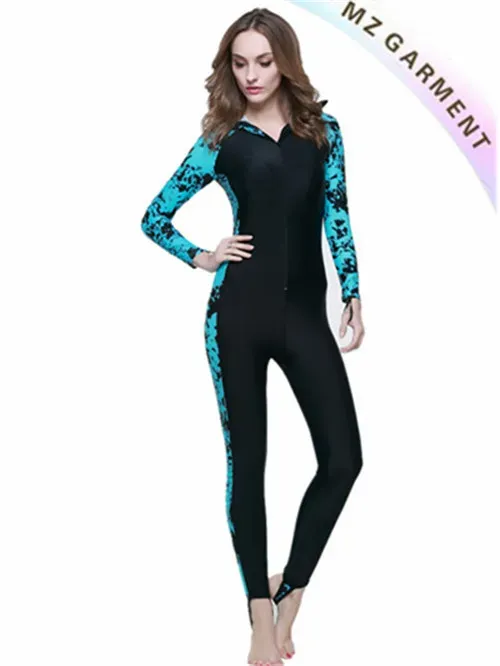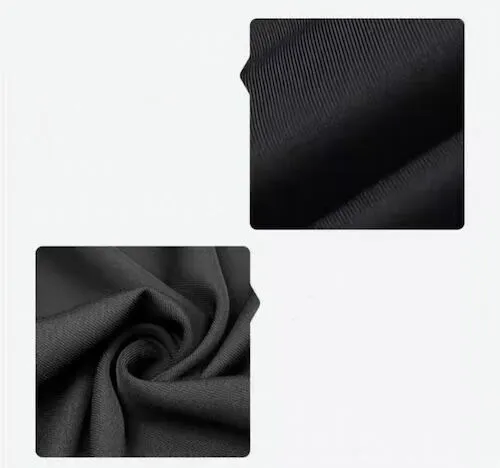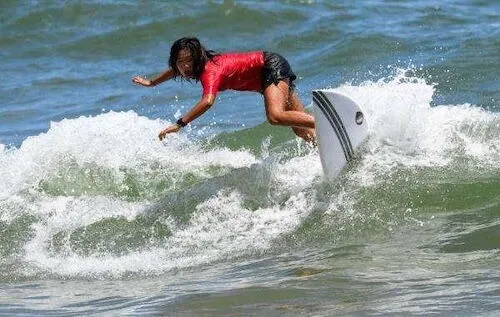Short-sleeved swim shirts: Short-sleeved swim shirts usually have shorter sleeves and are suitable for warm waters. They provide sufficient flexibility and comfort while also keeping the body warm to a certain extent.
Long-sleeved swim shirts: The design of long-sleeved swim shirts extends from the arms to the wrists, making them suitable for slightly lower water temperatures. They combine warmth and flexibility and are suitable for surfing activities in autumn and winter.
Surfing vests: Surfing vests are sleeveless suits suitable for warm waters. They mainly provide protection for the core of the body, but less protection for the limbs.

Protection: Sun shirts can protect surfers from external factors such as UV damage, scratches, and bumps. High-quality sun shirts can effectively reduce the direct impact of waves on the skin.
Comfort and Flexibility: The design of sun shirts takes into account the flexibility of athletes to ensure that their freedom of movement is not affected during surfing. Their elastic material allows athletes to move freely and improve their performance.
Buoyancy: The material of sun shirts has a certain buoyancy, which helps athletes stay afloat and reduces physical exertion.
Nylon or Polyester Fiber: Nylon or polyester fiber is used for the outer layer of UV shirts to increase wear resistance and durability while providing a certain degree of comfort.
Polyurethane (PU): Polyurethane (PU) is used to increase the flexibility and breathability of UV shirts, ensuring that athletes stay dry and comfortable in the water.

Comfort: Ensure the size of the rash guard is appropriate; it should not be too tight or too loose. Check for any sense of restraint or discomfort when trying it on to ensure good comfort and flexibility.
Functionality: Choose a rash guard with additional features according to personal needs, such as heating elements or enhanced wear resistance.
Brand and Price: Choosing a rash guard from a well-known brand can guarantee quality and performance. Regarding price, make a reasonable choice based on personal budget and needs.

Drying: UV protection swim shirts should be dried naturally in the shade, avoiding direct sunlight and high-temperature drying to prevent material aging and deformation.
Storage: UV protection swim shirts should be stored in a dry, cool place, avoiding folding and squeezing. It is best to hang them to maintain their shape.
Inspection: Regularly check UV protection swim shirts for wear, tear, or other damage, and repair or replace them promptly to ensure safe use.
Next: Diving Suits vs. Surfing Suits
Previous: Modern Muslim Swimwear